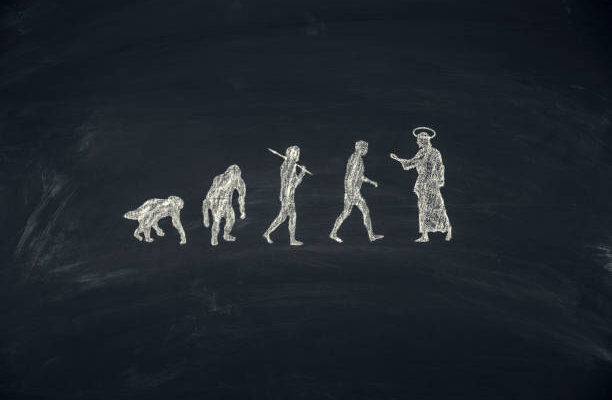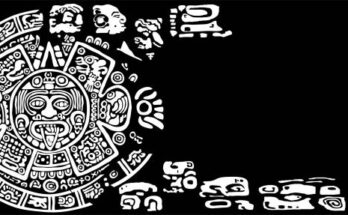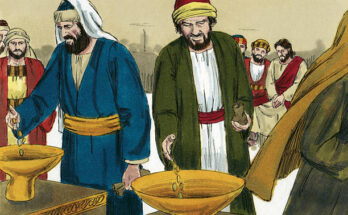Religion has been a fundamental aspect of human civilization for thousands of years. But how did religious thought and beliefs emerge in the first place? To understand the origins of religion, we must delve into the evolutionary history of human thought and behaviour. In this article, we will explore the theories proposed by experts in the field and uncover the fascinating journey of religious beliefs before the advent of organized religion.
Humans began attributing agency not only to living beings such as lions but also to non-living entities like raindrops and clouds. This attribution of agency evolved into a concept known as Theory of Mind, where humans ascribed intention and purpose to the actions of non-acting entities. For example, they believed raindrops were “acting for a purpose.” This inclination to attribute purpose to natural phenomena formed the basis for religious beliefs, giving rise to concepts of gods, ancestral spirits, and supernatural beings.
The Role of Sociality in Religion
Another perspective suggests that religion emerged as a means to promote cooperation within social groups. Frans de Waal, a renowned primatologist, argues that morality and religion have evolved from primate sociality. While human morality may have unique characteristics, many social animals, including primates, exhibit pre-moral sentiments such as attachment, cooperation, empathy, and conflict resolution.
The Evolution of the Human Brain
 (Photo from iStock)
(Photo from iStock)
The development of the human brain played a crucial role in the emergence of religious thought. As the hominid brain tripled in size through evolution, the neocortex, responsible for complex cognitive processes, expanded significantly. According to Robin Dunbar, an evolutionary psychologist, the neocortex’s enlargement enabled the processing of social phenomena like language and religion.
Dunbar’s research indicates that the neocortex’s size correlates with social complexity and group size. Humans, with an 80% neocortex occupancy, exhibit a higher level of cognitive abilities compared to other primates. This increased cognitive capacity allowed for the formulation of religious and philosophical ideas, paving the way for the evolution of religious thought.
Tool Use and Causal Beliefs
Lewis Wolpert proposes that religious belief evolved from the cognitive capacity to understand causality, which was essential for tool use. The manufacture of complex tools required individuals to create mental images of non-existing objects and understand cause and effect. This ability to comprehend causality extended to the interpretation of natural phenomena, leading to the formation of religious explanations.
Early humans attributed supernatural agency to events like thunderstorms and volcanic eruptions, reflecting their understanding of cause and effect. These beliefs served as a means to explain the unexplainable and provide a sense of control over the natural world. The cognitive capacity for causal thinking, rooted in tool use, fostered the development of religious ideas.
The Emergence of Language
Language, as a system of symbolic communication, played a pivotal role in the evolution of religious thought. Philip Lieberman argues that human religious thought and moral sense are deeply rooted in cognitive-linguistic abilities. Language allowed for the transmission of religious ideas from one individual to another, enabling the sharing and development of complex religious concepts.
The emergence of language coincided with the rise of religion in human societies. As language developed, humans could articulate abstract religious ideas, creating a common framework for belief systems. The ability to express and discuss supernatural concepts through language facilitated the growth and consolidation of religious thought.
Prehistoric Evidence of Religious Behaviour
Palaeolithic burials provide some of the earliest evidence of religious thought in human history. The ritual treatment of the dead suggests an awareness of life and death, as well as a belief in the afterlife. Burials with grave goods and the use of pigments like red ocher indicate the presence of symbolic and ritualistic practices.
Neanderthals, our ancient relatives, also exhibited behaviours that hint at religious or spiritual beliefs. Burial sites like Shanidar in Iraq and Krapina in Croatia show evidence of intentional burials and the placement of grave goods. These practices imply a connection with the deceased and the potential belief in an afterlife.
Symbolism and Abstract Thinking
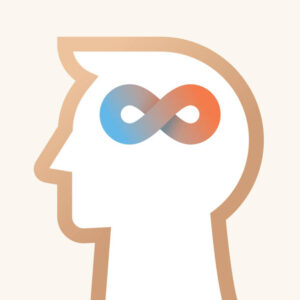 (Photo from iStock)
(Photo from iStock)
The use of symbolism in early human societies further supports the development of religious thought. Symbolic representation through art and imagery allowed humans to communicate supernatural concepts more effectively. The creation of cave paintings depicting half-human, half-animal creatures at sites like Chauvet demonstrates the capacity for abstract thinking.
The use of pigments like red ochre, which holds symbolic significance across cultures, points to the emergence of abstract ideas and beliefs. Symbolism enabled early humans to express and share religious concepts, making them more tangible and understandable within their communities.
The Rise of Organized Religion
 (Photo from iStock)
(Photo from iStock)
With the advent of the Neolithic Revolution, human societies transitioned from a hunter-gatherer lifestyle to sedentary agricultural communities. This shift led to the development of organized religion, which provided social and economic stability in increasingly complex societies. Religion justified central authority, promoted cooperation, and facilitated the formation of large-scale communities.
Writing, a pivotal invention of the Neolithic era, played a crucial role in sustaining and spreading religious beliefs. Sacred texts were created to preserve religious doctrines and facilitate their transmission across generations. The use of writing allowed for the development of comprehensive religious systems independent of time and place.
Conclusion
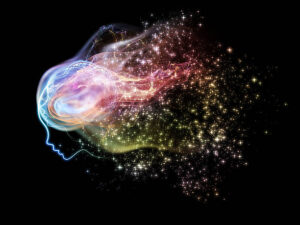 (Photo from iStock)
(Photo from iStock)
The evolution of religious thought is a fascinating journey through the annals of human history. From the early development of the HADD and Theory of Mind to the emergence of language and symbolism, various factors shaped the origins of religious beliefs. These beliefs served as a means to explain the unknown, promote social cohesion, and provide a framework for moral and ethical behaviour. As we continue to explore the complexities of religious thought, we gain a deeper understanding of our collective human experience and the diverse belief systems that have shaped our civilizations.
Reference:
Wikipedia
Want to explore the role of religion, click on the link below:
The Role of Religion in the History of Education and Science

